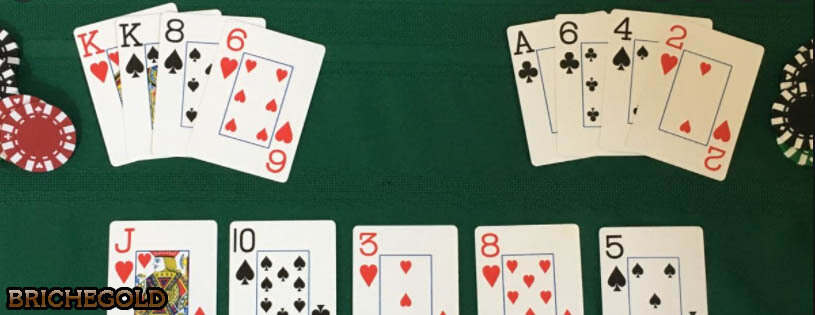High Low Omaha Practice Software
Practice Software could be hard for beginners to get into, not only does it have both high and low cards, but it uses all of the normal cards in the deck. This means that the likelihood of a high card being dealt is 20 percent, and the likelihood of a low card to be dealt is 80 percent. These statistics alone may not explain how the game is actually played, but it gives beginners and even those who have been playing the game for a while a better understanding of how the game is actually played.
Before you read Practice Software Admin will ask for permission to advertise a little. UEFA 356, good quality website, easy to apply, deposit, withdraw, transfer quickly, and there are still many forms to choose from.
To play High Low Omaha, you are simply going to have to surrender your hand to the dealer, and then wait for the banker to sacrifice his hand and the high cards to complete a total of 21 cards. The cards must be evenly distributed among the two hands, and neither hand should have more than 17 cards. should the hands be more than even, a tie is declared in the High Low Omaha rules.
The Main Objective
The goal when playing High Low Omaha is to get 21 cards and not more than that. You should be aware of the cards that can be dealt, because you can substitute cards in order to get 21. The following are the steps to play High Low Omaha:
1) The player sitting left to the dealer starts the game.
2) The player with the highest face value receives the initial round of cards.
3) The player with the lowest face value receives the initial round of cards.
4) Whenever a player has a bad hand, he has the option to surrender, by withdrawing from the game. In surrender, the player does not lose his bet, but he forfeits his 12 cards, which is his initial allotment.
5) The dealer then turns over his other two cards and gives him those two cards.
6) The player then has the option to take insurance or not, depending on the hand he has. If the player decides to take insurance, the dealer will add an additional card to the hand totaling to either the initial amount, or half of the initial amount, whichever is preferable. The player then has the option to double the amount of his bet, just as if he were to do so in traditional poker.
7) At any time throughout the game, the dealer may take other players’ cards, so long as the cards did not affect the 21card total.

The High Low Omaha Rules
In order to make sure that everyone’s cards are placed in their proper spot, the dealer places each player’s cards in the proper spot. The number of spots per hand is not important, as long as the cards are placed in their correct spot. The dealer begins by turning over one of his cards. If the card is an ace, it will automatically be translated into a face card, which is value 2. All other cards will be face value. The ace can be used as either a high card or a low card.
8) The dealer will always deal to the players on the immediate left of him, starting with the one on the dealer button.
9) Once the hand is received, the players will start with the person on the immediate left of the dealer, and the first person to the left of that will be the first to act. Each player will have four actions available:
A) Bet – Placing money in the ‘pot’ On your turn, you are allowed to bet, but there is a limit to how much you can bet per turn. If you raise the permitted bet, that bet will have to be an amount equal to the current bet. If you make a bet, and are raised, you may re-raise the bet, but you cannot go any higher than that.
10) Check – Matching the bet placed before it is a simple round with no choices required. If you are not sure, you can check. The round ends when all players have checked.
If the admin has made any mistakes, I apologize here as well. And if you like it Predictions, you can read more about the game. Click here. Admin has many games for you to read every day.
